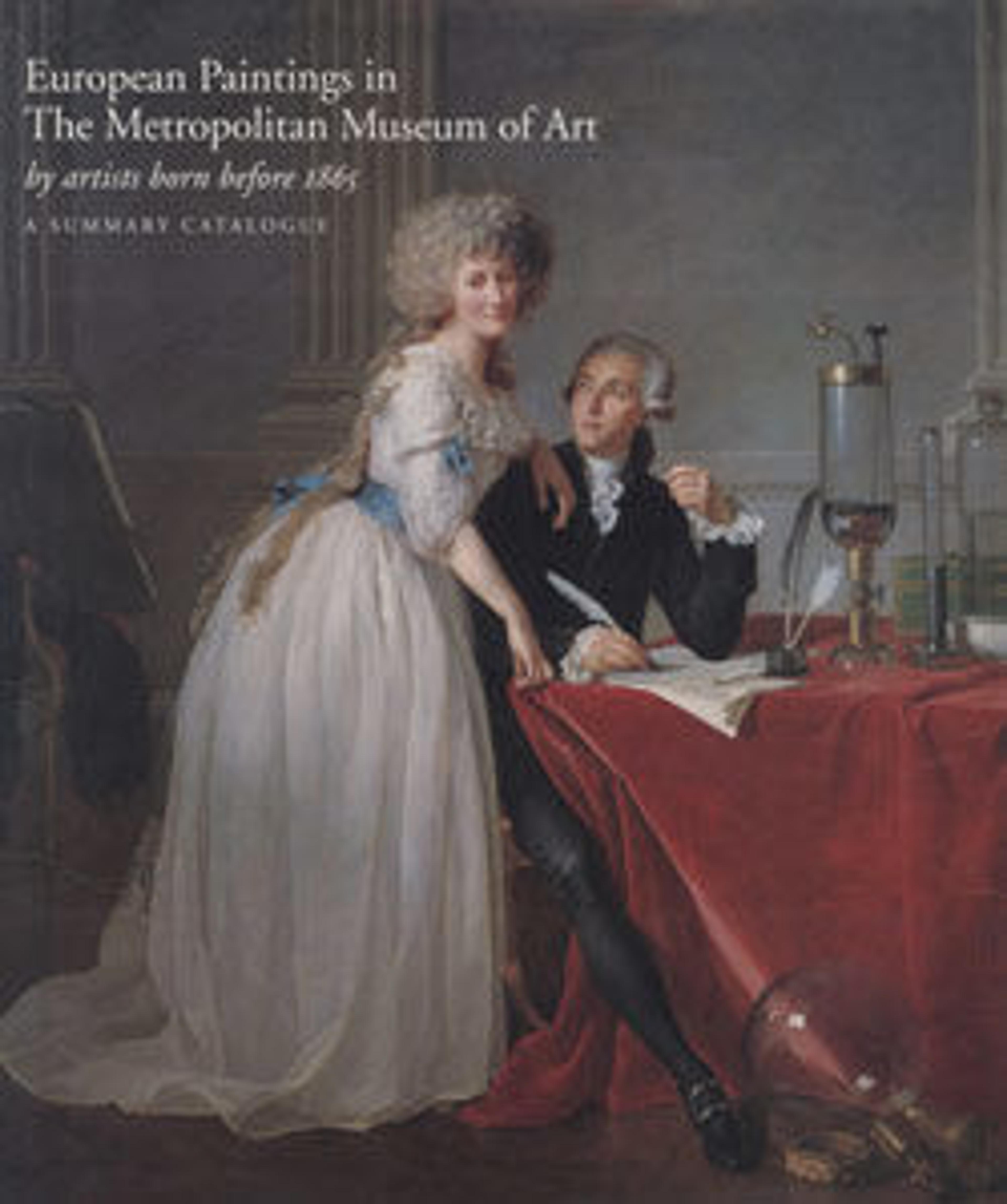Scenes from the Life of Saint John the Baptist
This picture and its companion panel (also in this gallery) illustrate episodes from the life of Saint John the Baptist, who preached about the coming of Jesus. Architecture and landscape are used to frame and divide the individual scenes, enabling the viewer to follow the story from the miraculous annunciation of his conception to his father Zacharias (far left) to his birth. Painted to decorate a room in the Tornabuoni family palace in Florence, the panels are by more than one artist. Figures in the scene of Saint John bearing witness have reminded some scholars of the work of Michelangelo, who was a friend of Granacci’s (they had been fellow pupils in the workshop of Domenico Ghirlandaio), and he may have been involved in some capacity.
Artwork Details
- Title:Scenes from the Life of Saint John the Baptist
- Artist:Francesco Granacci (Francesco di Andrea di Marco) (Italian, Villamagna 1469–1543 Florence)
- Date:ca. 1506–7
- Medium:Tempera, oil, and gold on wood
- Dimensions:30 9/16 x 59 1/2 in. (77.6 x 151.1 cm)
- Classification:Paintings
- Credit Line:Purchase, Gwynne Andrews, Harris Brisbane Dick, Dodge, Fletcher, and Rogers Funds, funds from various donors, Ella Morris de Peyster Gift, Mrs. Donald Oenslager Gift, and Gifts in memory of Robert Lehman, 1970
- Object Number:1970.134.1
- Curatorial Department: European Paintings
More Artwork
Research Resources
The Met provides unparalleled resources for research and welcomes an international community of students and scholars. The Met's Open Access API is where creators and researchers can connect to the The Met collection. Open Access data and public domain images are available for unrestricted commercial and noncommercial use without permission or fee.
To request images under copyright and other restrictions, please use this Image Request form.
Feedback
We continue to research and examine historical and cultural context for objects in The Met collection. If you have comments or questions about this object record, please contact us using the form below. The Museum looks forward to receiving your comments.
